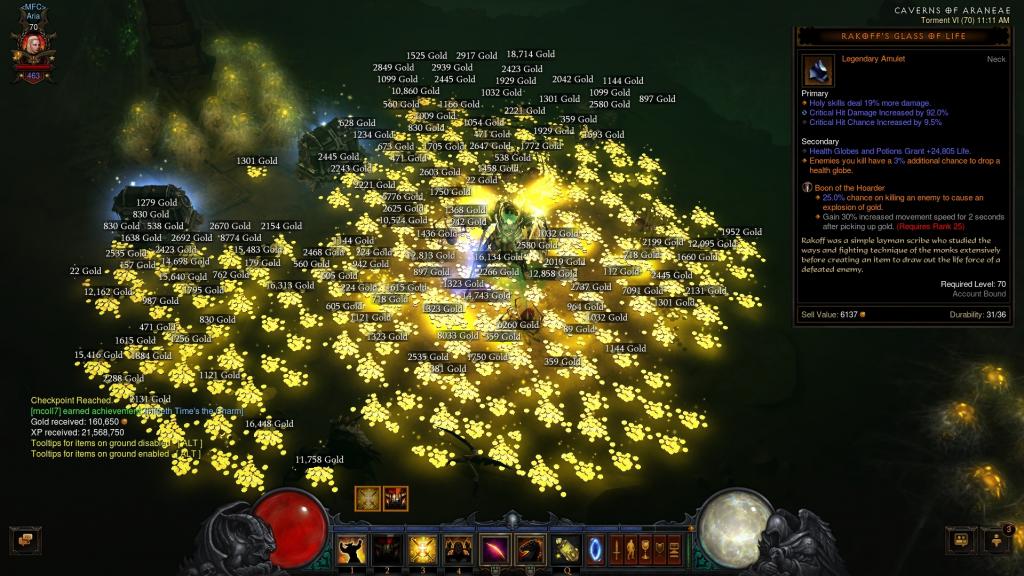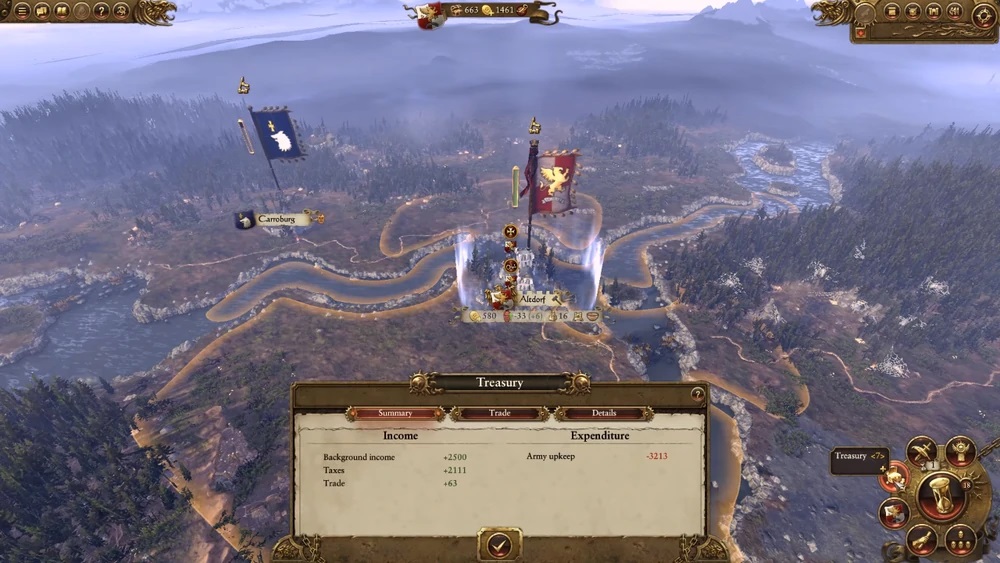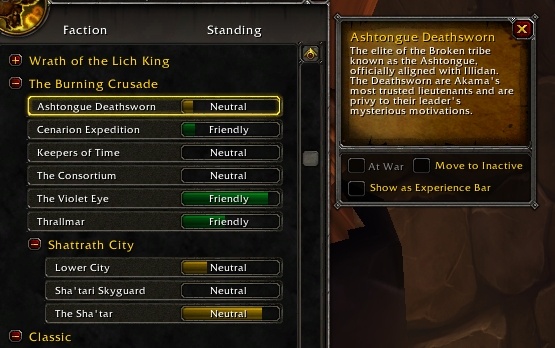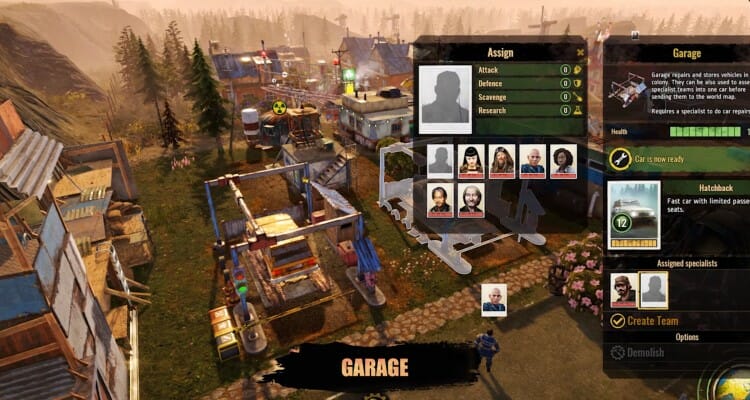Resources in games are usually taken for granted. They exist, of course—every game has them—but they are often overshadowed by other more elaborate and publicized mechanics. My recent foray into the realm of Grand Strategy, a genre that puts so much emphasis on resources that the games have been jokingly called spreadsheet applications, have let me appreciate how important they are in forming the backbone of a well-executed strategy game. Resources in every game can be summarily categorized into three varieties (the titular trinity), read on if this intrigues you as much as it does me.
The motivation for this essay is to look how each of the aforementioned three types of resources are employed in games and the effects they have on the resulting dynamics. I will elaborate on each type in their own section below, but here they are in a neat little list (I really like lists):
- Cumulative Resources
- Indicative Resources
- Allocative Resources
Cumulative Resources

Cumulative resource is the most common form of resource, prevalent in most types of games. Action games, role-playing games (RPGs), even board games aimed at the ages-5-plus audience have them. They are the money in Monopoly, the gold you accumulate in RPGs, the ammunition you’ve picked up in shooters. Basically, anything that you can hoard and spend is likely a cumulative resource.
Dynamics of Rationing
They tend to instigate a dynamic of rationing, where the player attempts to hoard certain resources in hopes of exchanging it for something they want in the near future (e.g. hoard gold to buy a really cool sword in an RPG, using magnum bullets in Resident Evil to kill a boss, etc).
This is often accompanied by smaller utilitarian expenses of the same resource (e.g. spending gold for healing potions, using magnum bullets against weaker enemies you aren’t confident of defeating) to create meaningful decision-making opportunities: “Do I take a gamble and save the resource, or spend it for security?”
Game Economy in Strategy Games

In strategy games, this is heavily amplified to take center-stage. More often than not, a cumulative resource has to be spent to generate another one (e.g. spend wood to build a fishing hut to generate food). Combined with larger amount of resources in general (compared to other genres), the rate of change of a resource starts to gain importance, in certain cases matching or exceeding the importance of the accumulated amount.
Strategy games further augment this focus on revenue by introducing upkeep, a cost which affects the resource delta more than the pool, creating the layered resource management strategy games are known for.
Another intriguing aspect of strategy games is extrapolation: In addition to making decisions on spending resources for immediate benefits, strategy players also have to consider investing current resources for future benefits
For example, a player could spend a sizable amount of wood to build an array of basic watchtowers OR spend the same amount of wood to research an advanced watchtower and benefit at a later time. Which decision is objectively better is hard to say and can be different from session to session depending on several factors, which is what makes it engaging.
Indicative Resources
Indicative resource are variables that give different effects at different levels. They usually have these characteristics:
- Have a maximum and minimum limit.
- Are changed as a consequence of certain player actions and not explicitly by player choice.
Examples of them are the reputation meter in the Mass Effect series (screenshot above), faction standing in World of Warcraft, companion approval in Dragon Age: Origins, and the experience meter (and level number) in most RPGs.
Player-Driven Handicap

One of the key uses of indicative resources is to shape player behavior. Players who are aiming to achieve certain quantities of an indicative resource (usually for a desired effect that becomes available at that quantity) impose additional limitations on themselves not reinforced by the game rules. In other words, these players voluntarily make the game more challenging for themselves.
For example, players of Dragon Age will intentionally bar themselves from certain dialogue options when certain companions are present, to avoid lowering their approval variable, even if those options would prove more beneficial mechanically. Similarly, players of World of Warcraft will refrain from completing certain quests and killing particular enemies to avoid losing reputation with factions they seek to gain approval with.
Allocative Resources

Allocative resources deal primary with opportunity cost. Investopedia defines the concept as the following:
“Opportunity costs represent the potential benefits that an individual, investor, or business misses out on when choosing one alternative over another.”
In line with that concept, allocative resources usually have multiple uses, but the player can only choose to reap the benefits of one of those uses at any one time, foregoing the benefits of the others. They can commonly also be assigned and re-assigned repeatedly, and tend to be fewer in quantity relative to other resource types.
Examples include survivors in Surviving the Aftermath, citizens in Frostpunk, planetary building slots in Stellaris and skill points in the Borderlands series.
Qualitative Resource Management
While resource management often tends to be quantitative, like the two varieties described earlier, allocative resources are different in that they are qualitative in nature (which also explains why they are fewer in number).
Deciding how to assign a single allocative resource involves a myriad of factors, for example, survivor stats in Surviving the Aftermath, skill effect when assigning a skill point in Borderlands or effects of a building constructed in one of the building slots in Stellaris.
Conclusion
Careful implementation of all three resource types when designing a game creates an interesting variety of decisions in resource management, especially in strategy games. The different dynamics each type generates, when layered, manifests a depth that makes a game unpredictable and exciting, possibly also promoting replayability.
I hope this essay has been informative for you. Until next time, fellow designers.